Diabetics always have the fear of getting glucose spikes in their blood after eating a food that they don’t know. So to know about foods, it is highly recommended to read more, know more, and implement the knowledge of food, as in this case. In this article, we will discuss “Is shrimp good for diabetics?” and related questions.
Before we start, I would like to define
what “shrimp” is.
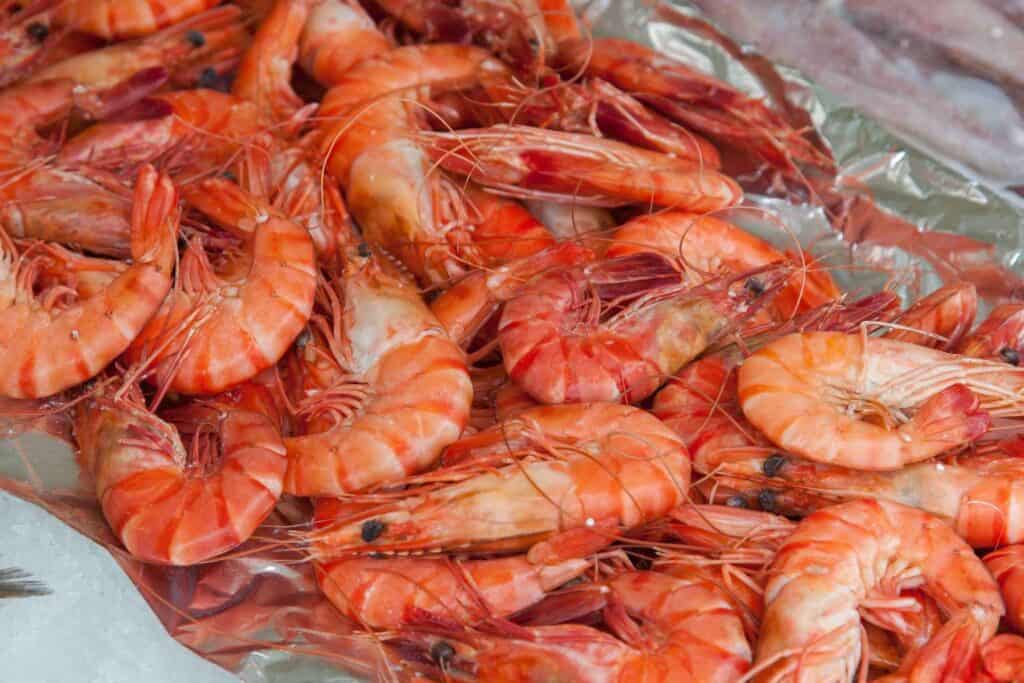
Shrimp are crustaceans (A class of arthropods) that has elongated body and a swimming mode of locomotion. The crustaceans are further divided into orders in which decapods comprise:
i. Caridea
ii. Prawn
iii. Shrimps
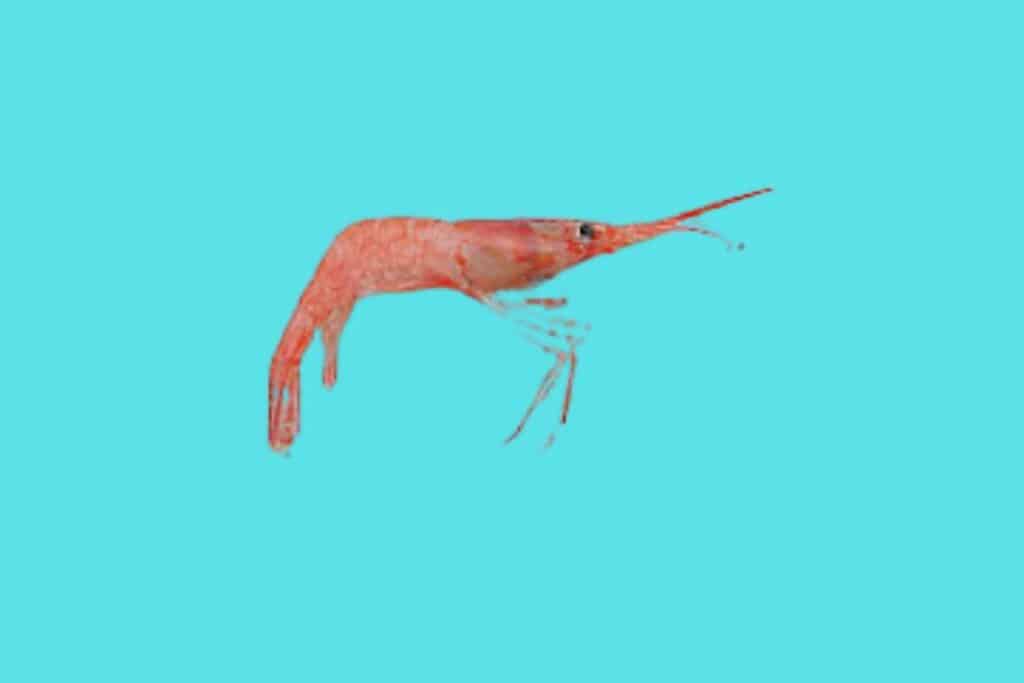
Caridea is commonly known as caridean shrimp or true shrimp, found in both fresh and salt water. Mud shrimp and boxer shrimp have a similar name to true shrimp but they are not true shrimp though they have features similar to true shrimp.
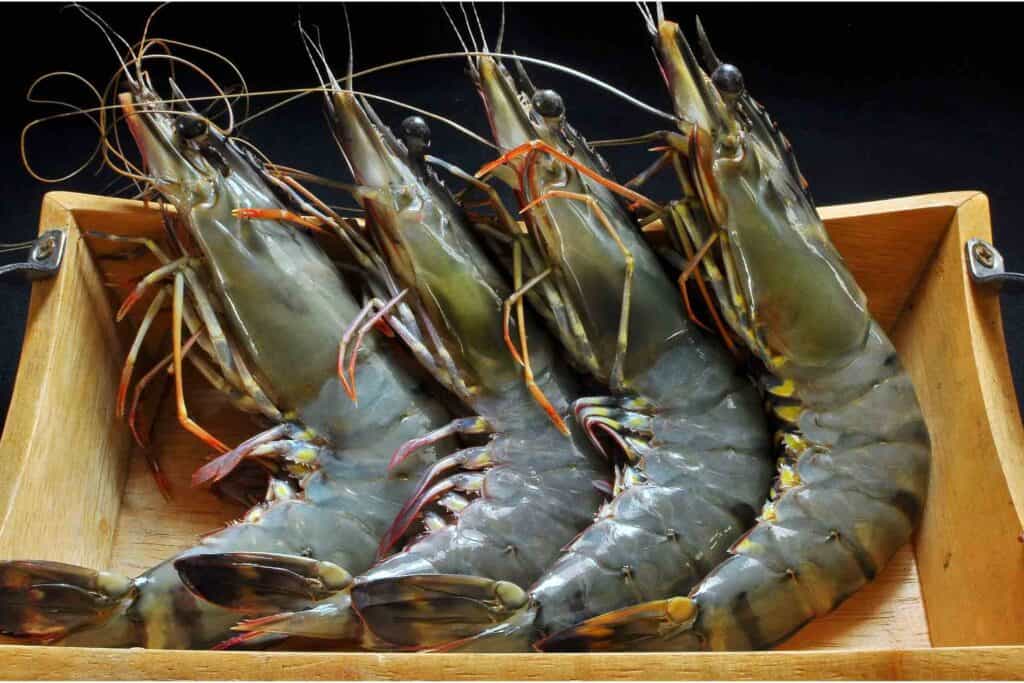
Prawn is also included in decapods and differs from Caridea and boxer shrimp by the branching form of gills and by the fact they directly release their eggs in water instead of brooding.
Where they do live?
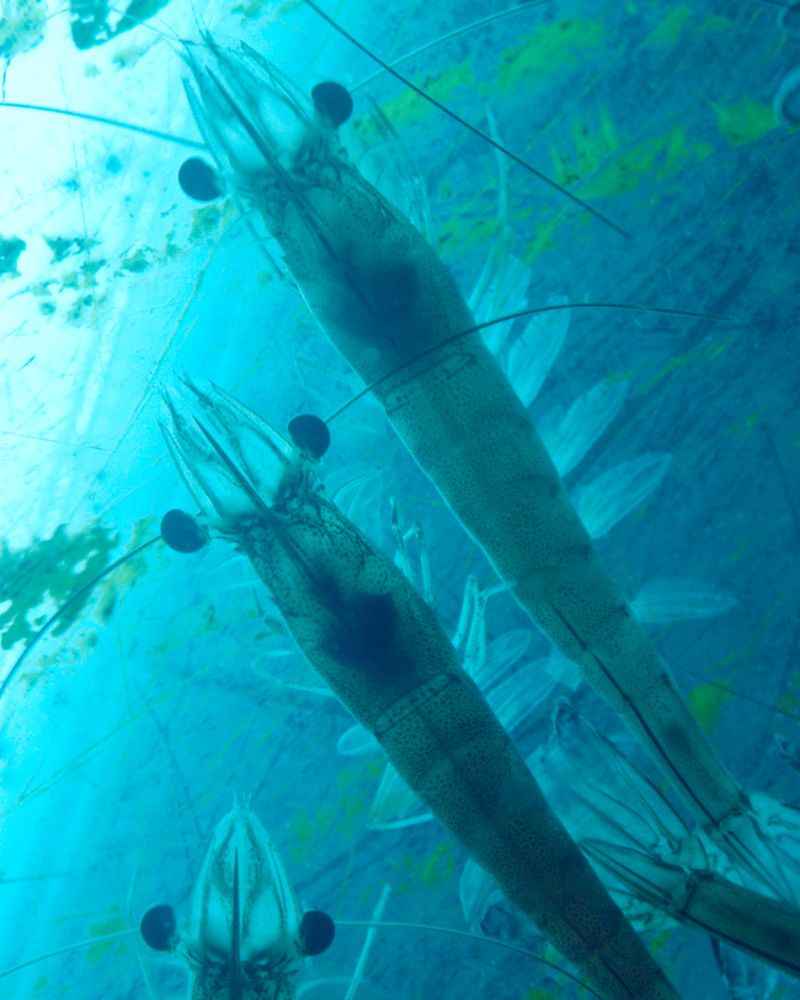
Shrimps are abundant and widespread. They have thousands of species that are distributed in a wide range of habitats. They can be seen feeding near the seafloor on most coasts, estuaries, rivers, and lakes. Shrimps are solitary but can form large schools during their spawning season. Their age ranges from one to seven years.
Besides many benefits, shrimp play an important role as a source of food in the food chain ranging from small fishes to whales.
Okay, that’s good.
So this was a little info about shrimp, now let’s dive into the main topic.
We will start with the nutritional profile of 100 grams of serving shrimp.
| Nutrients | Value |
| Protein (g) | 19.4 ± 0.56 |
| Lipid (g) | 1.15 ± 0.19 |
| Carbohydrate | 0.2 |
| Water (g) | 76.3 ± 0.57 |
| Energy (kcal) | 89.0 ± 1.12 |
| Essential amino acids (mg) | |
| Isoleucine | 930.7 ± 8.10 |
| Leucine | 1463.9 ± 22.30 |
| Lysine | 1480.1 ± 27.57 |
| Methionine + cysteine | 668.1 ± 16.57 |
| Phenylalanine + tyrosine | 1389.2 ± 19.27 |
| Threonine | 756.0 ± 8.89 |
| Tryptophan | 223.3 ± 2.90 |
| Valine | 935.7 ± 5.89 |
| Lipid composition | |
| Saturated Fatty Acid (mg) | 257.5 ± 3.71 |
| Monounsaturated Fatty Acid (mg) | 163.5 ± 7.9 |
| Polymonounsaturated Fatty Acid (mg) | 321.0 ± 5.2 |
| Eicosapentaenoic (mg) | 112.0 ± 3.02 |
| Docosahexaenoic (mg) | 75.5 ± 1.43 |
| PUFA/SFA | 1.3 ± 0.05 |
| Cholesterol (mg) | 173 ± 6.93 |
| Macro minerals (mg) | |
| Calcium | 107.3 ± 1.96 |
| Magnesium | 58.5 ± 1.38 |
| Phosphorus | 303.4 ± 3.22 |
| Potassium | 259.6 ± 3.25 |
| Sodium | 176.1 ± 3.04 |
| Micro minerals (μg) | |
| Copper | 918 ± 4.62 |
| Iron | 2196.5 ± 16.61 |
| Manganese | 50.5 ± 1.64 |
| Selenium | 44 ± 1.06 |
| Zinc | 1403.5 ± 5.43 |
So if we look at the table we see that 100 g of shrimp contains high protein, less carbohydrate (approximately 0), and less lipid. Also the essential amino acids, macro and micro minerals are present in sufficient quantities that are best for the health.
The high amount of cholesterol makes it a little hesitant to take but in the end, we will discuss how to take it in a safe way for diabetes. But high selenium (microminerals), docosahexaenoic acid, and low saturated fatty acids make the shrimp mild and anti-inflammatory.
Let me compare shrimp, eggs, and meat on their cholesterol, saturated fatty acids, and atherogenic index.
| Non-vegetarian food | SFA@ (g/100 g) | Cholesterol (mg/100 g) | Atherogenic index |
| Shrimp | 0.25 | 173 | 0.36 |
| Egg | 4.0 | 400 | 0.40 |
| Chicken | 6.0 | 100 | 0.50 |
| Mutton | 7.0 | 65 | 1.00 |
| Beef | 8.0 | 70 | 0.70 |
| Health significance | Lowest in shrimp; good for health | Moderate in shrimp; but not harmful due to low SFA | Lowest in shrimp; good for health |
If we look at the comparison table of shrimp with egg, chicken, mutton, and beef we learn that shrimp is beneficial in all of these.
After all these, I want to give some of the health benefits of shrimp for diabetes.
I) Protein-rich:
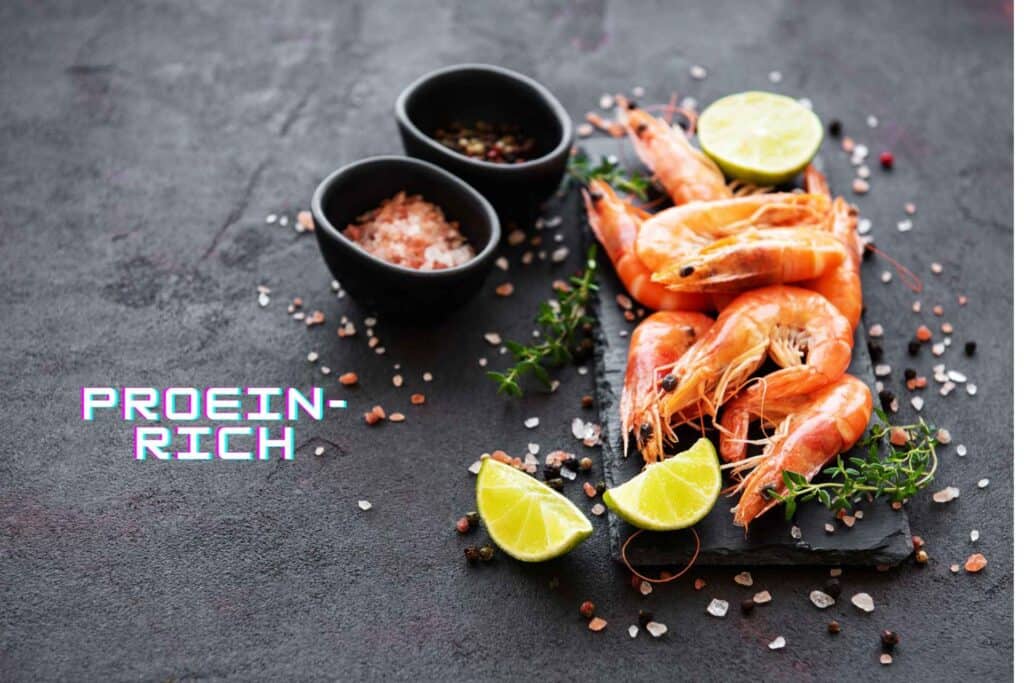
100 g serving of Shrimp contains about 20 grams of protein which is best for regulating blood glucose levels and stabilizing insulin levels. The protein-rich benefit of shrimp makes it best for diabetics giving extra energy.
II) Low carb value:
Shrimp has almost no carbs making it ideal for diabetics. The real problem for diabetics is glucose spikes in their blood after eating carb-rich food and shrimp is free of it.
III) Rich in unsaturated fatty acids:
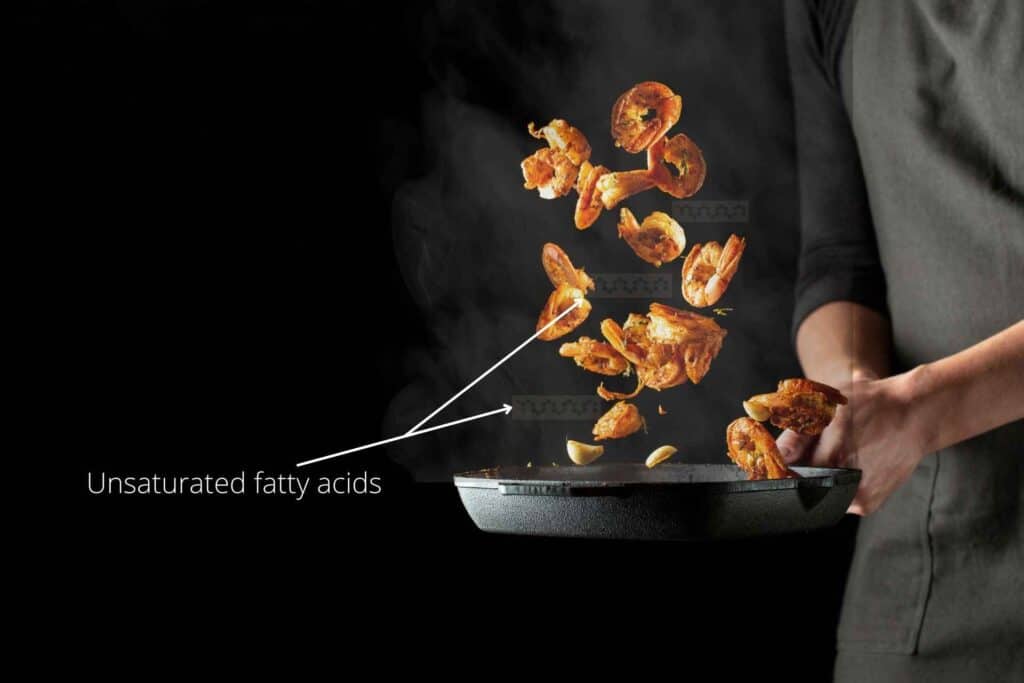
Monounsaturated, Polyunsaturated fatty acids are good or healthy fats and keep the cardiovascular system by reducing the levels of cholesterol by transporting them to the liver for excretion instead of depositing in the vessels. Shrimp is rich in these unsaturated fatty acids though shrimp has also a moderate amount of cholesterol but the unsaturated fatty acids make the ratio balance.
IV) Essential Amino Acids:
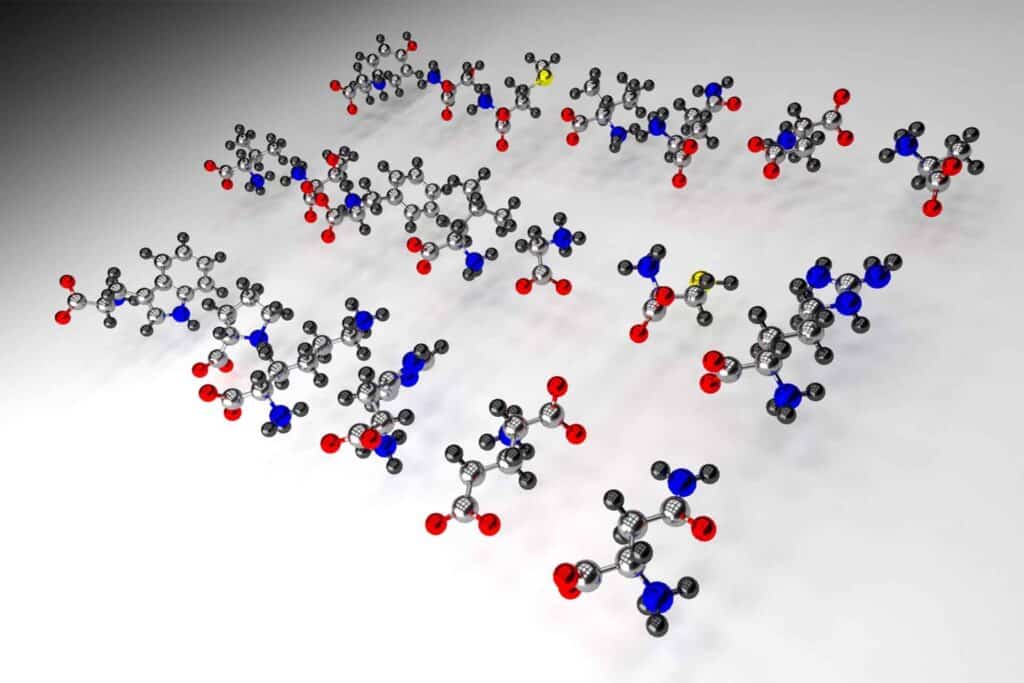
The essential amino acids have different functions in the body. Let me explain one by one here present in shrimp.
i) Isoleucine:
Isoleucine, which is highly abundant in muscle tissue, is involved in muscle metabolism. Additionally, it also maintains hemoglobin synthesis, energy regulation, and immune function.
ii) Leucine:
Protein synthesis and muscle repair depend on leucine. Additionally, it promotes wound healing, lowers blood sugar levels, and makes growth hormones.
iii) Lysine:
The synthesis of proteins, calcium absorption, and the synthesis of hormones and enzymes are all significantly influenced by lysine. Besides, lysine is crucial for collagen and elastin formation, immune system, and energy production.
iv) Methionine:
This amino acid plays an important role in metabolism and detoxification. It’s also necessary for tissue growth and the absorption of zinc and selenium, minerals that are vital to your health.
v) Phenylalanine + tyrosine:
The neurotransmitters tyrosine, dopamine, adrenaline, and norepinephrine are produced by your body from this amino acid. It is crucial for the creation of other amino acids as well as the structure and operation of proteins and enzymes.
vi) Threonine:
Threonine is a principal part of structural proteins, such as collagen and elastin, which are important components of your skin and connective tissue. It also plays a role in fat metabolism and immune function.
vii) Tryptophan:
Tryptophan is a precursor to serotonin, a neurotransmitter that regulates your appetite, sleep, and mood.
viii) Valine:
Valine helps promote muscle growth and regeneration and is involved in energy production.
V) Macro and micro minerals:
Shrimp contain a sufficient amount of Macro and micro minerals that keep your health perfect.
So could a diabetic eat shrimp?
After all, the discussion concluded that diabetics can eat shrimp but with some following recommendations.
But how can we make shrimp fit for diabetes if high in cholesterol?
As discussed earlier that shrimp has also unsaturated fatty acids that make the cholesterol ratio in balance but for more curiosity, it is recommended to not fry with oil and fatty things. Also, use wild shrimp instead of market or farm-grown shrimp because they may have toxins because of chemicals in their food.
Now following famous recipes are recommended for cooking shrimps for diabetics.
1) Sautéed Shrimp Recipe for Diabetics:
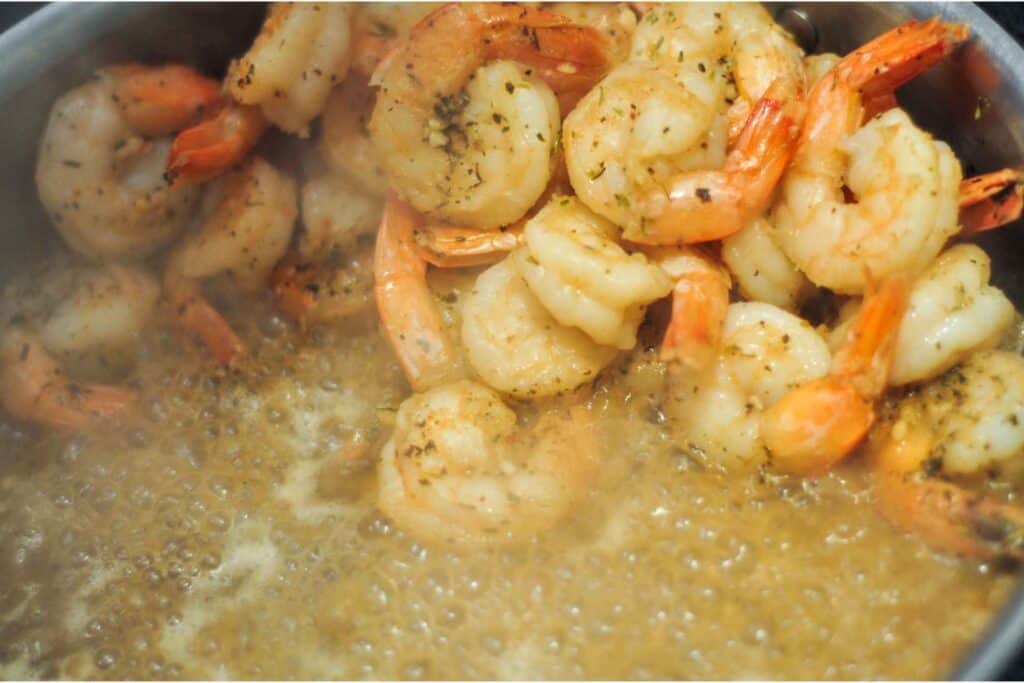
Ingredients required:
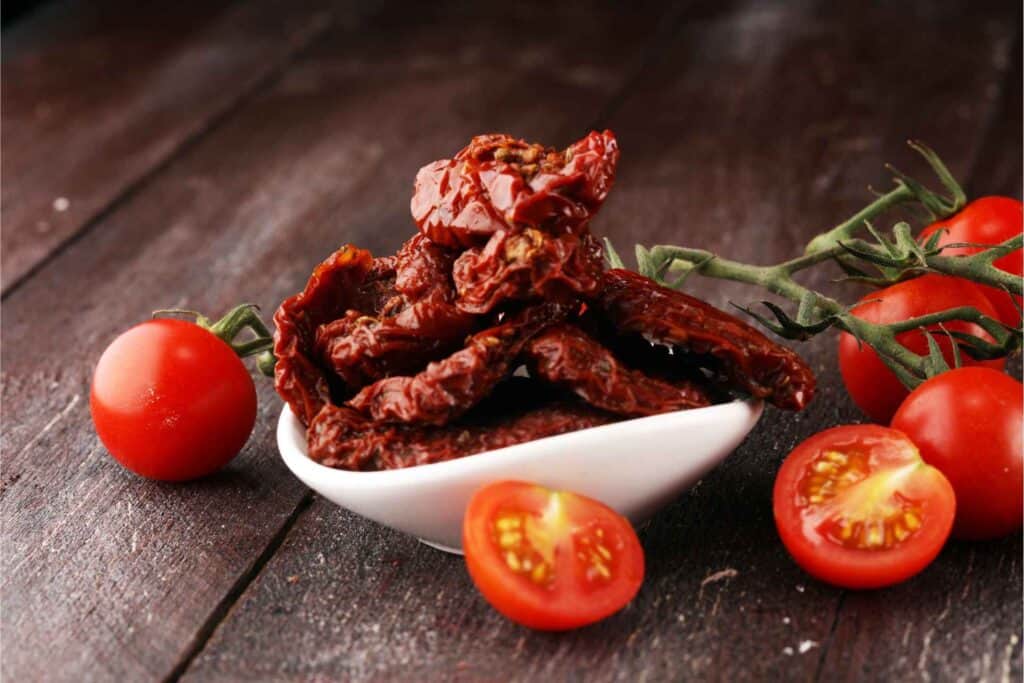
- 4 sun-dried tomato halves.
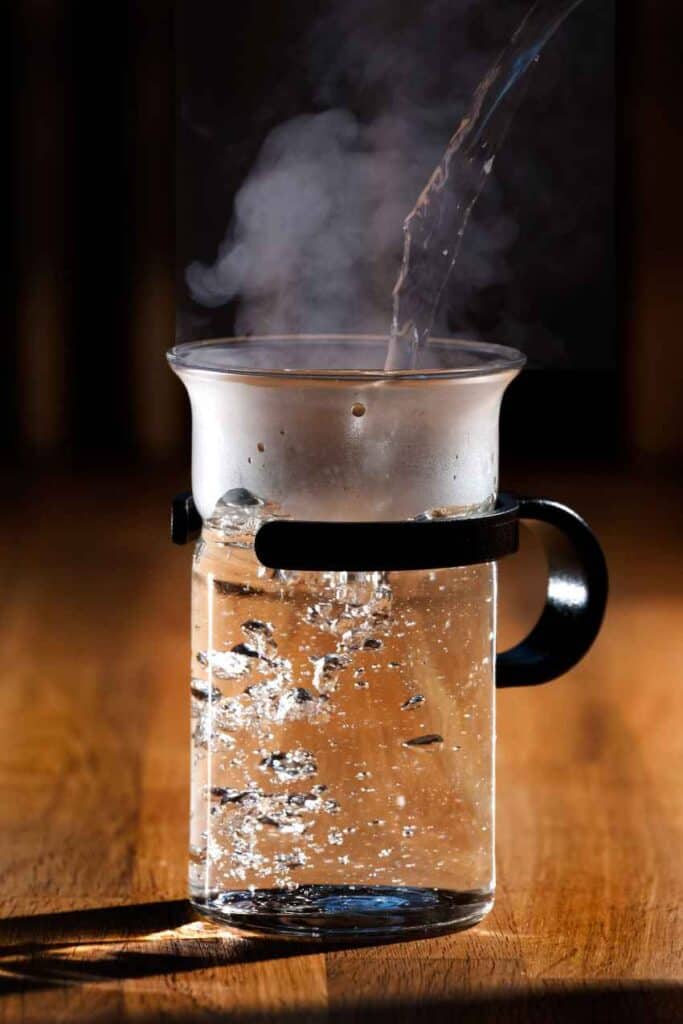
- 1/4 cup hot water.
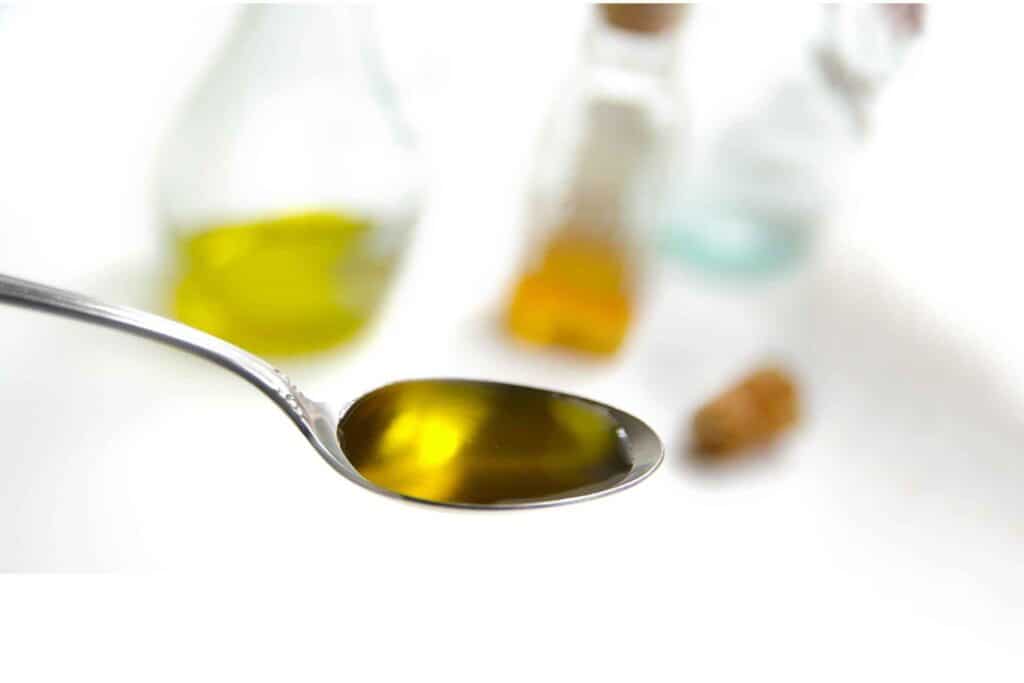
- 1 tablespoon olive oil.
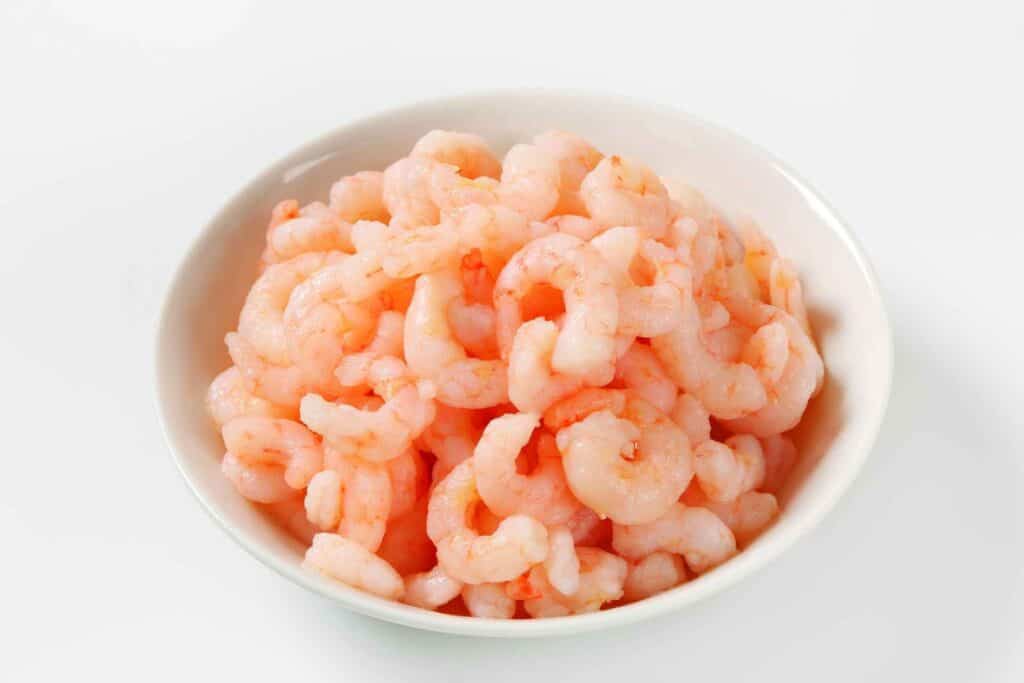
- 1/2 pound cooked and peeled shrimp (20–24 count size).
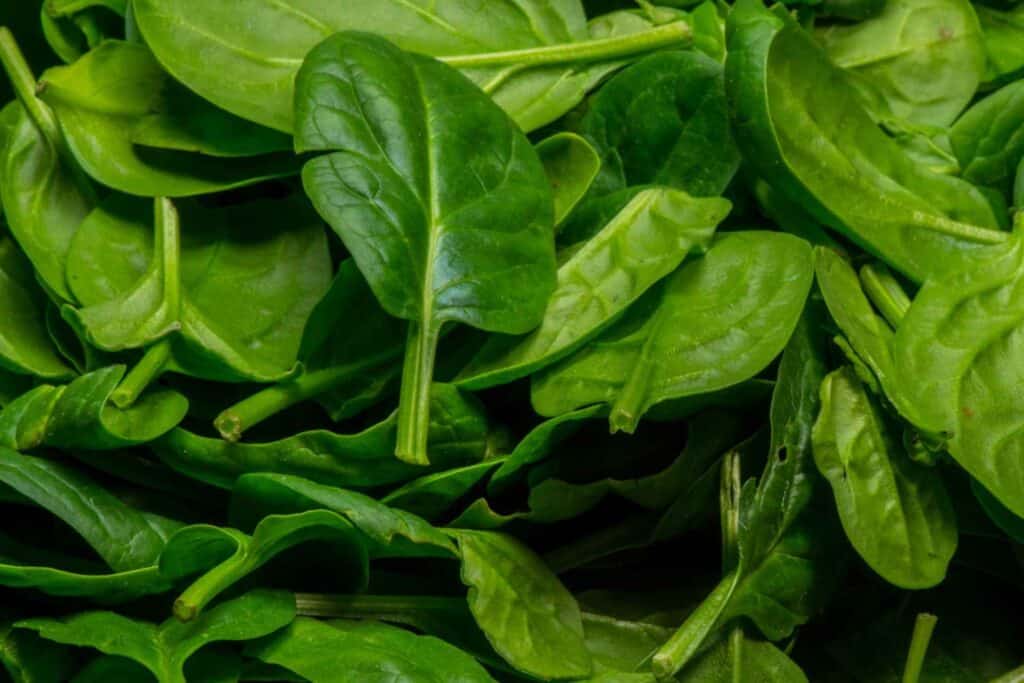
- 1 cup baby spinach leaves, rinsed and drained.
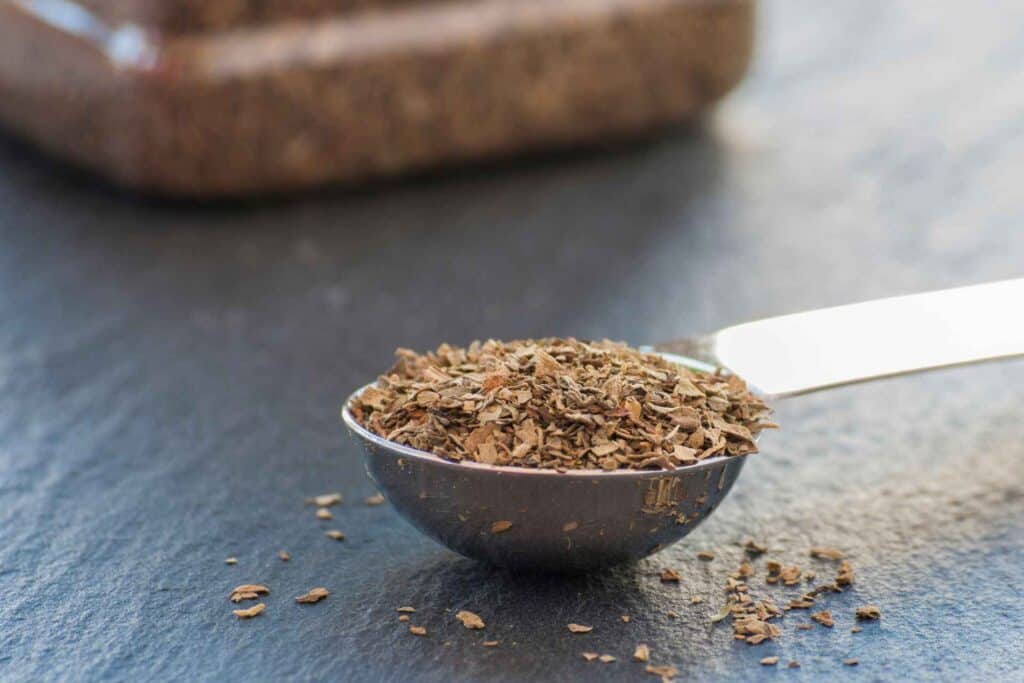
- 1 teaspoon dried basil Top of Form.

- 1/4 teaspoon black pepper at bottom of Form.
Procedure:
First of all, put the sun-dried tomato halves into a bowl.
Then pour hot water over the tomato and keep it for 10 minutes while stirring occasionally.
After 10 minutes, remove the tomatoes from the water reserving the water for later use, and chop the tomatoes.
In a large sauté pan, heat olive oil.
After that add cooked shrimp and sauté. Add chopped tomatoes and spinach, then pour in the 1/4 cup reserved hot water and continue cooking.
In the last add dried basil and black pepper, stir until combined, and serve immediately.
2) Stir-fried shrimp with broccoli:

Ingredients:
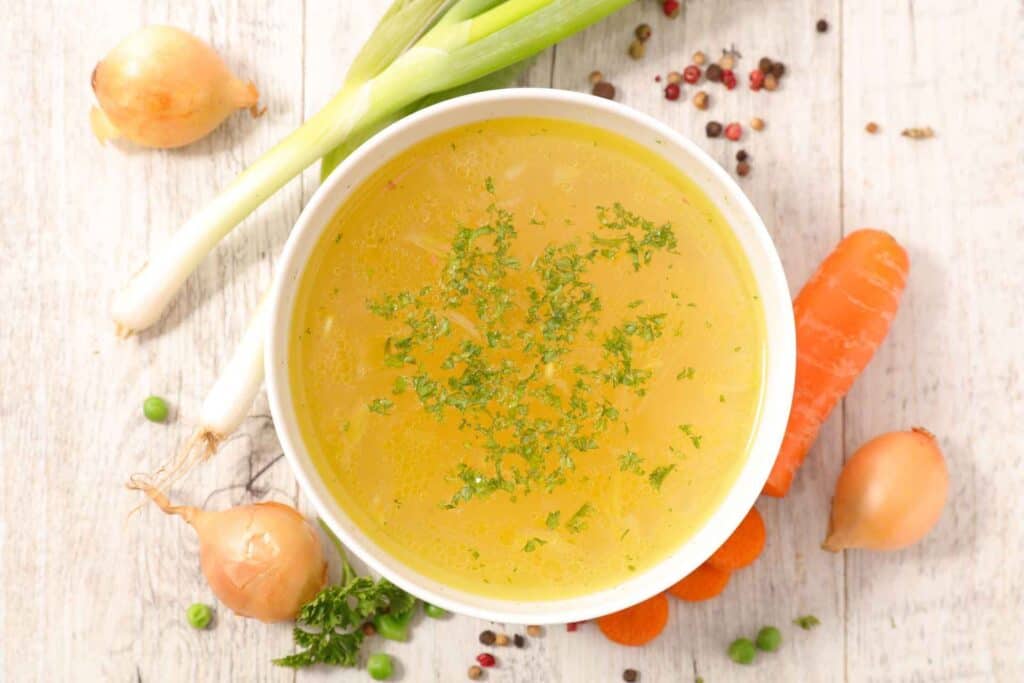
- ¼ cup low-sodium vegetable broth.
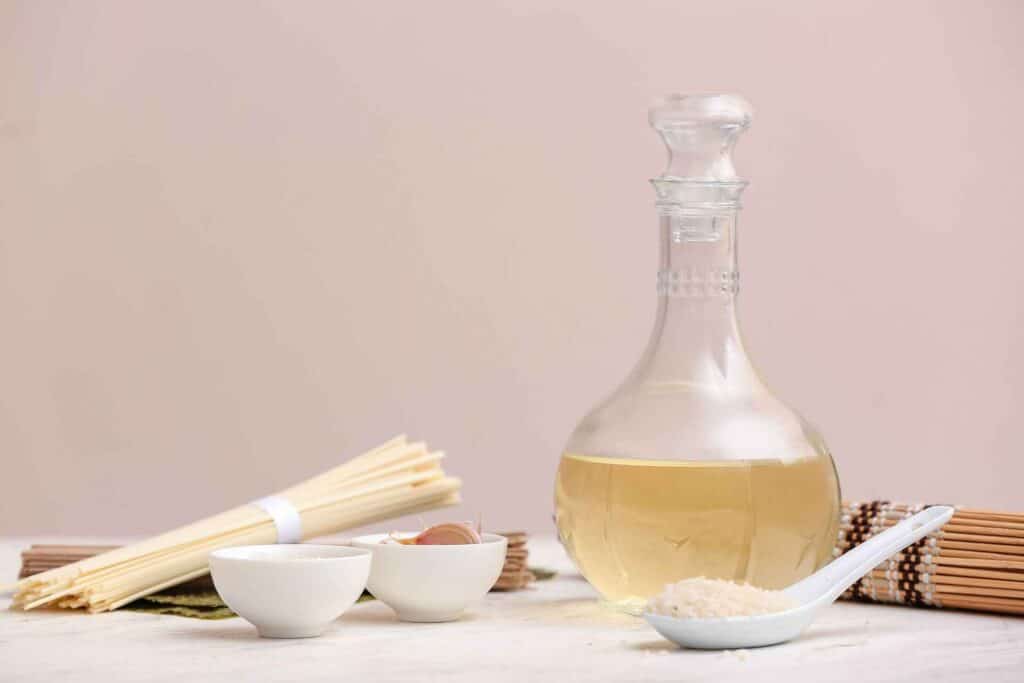
- 2 tbsp rice vinegar.
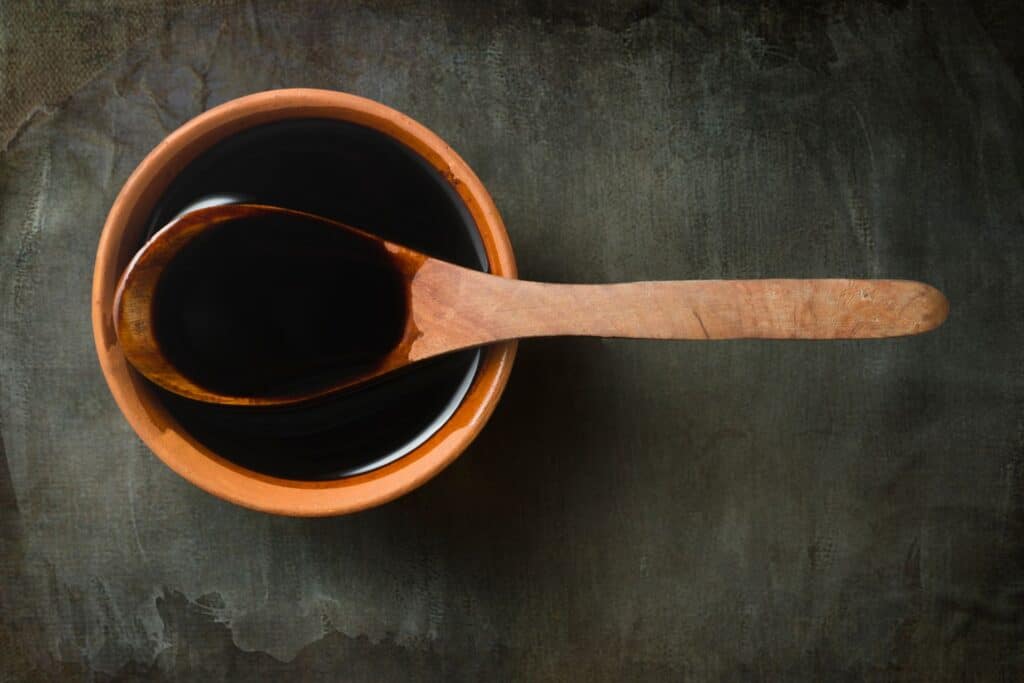
- 1 ½ tbsp lower-sodium soy sauce.
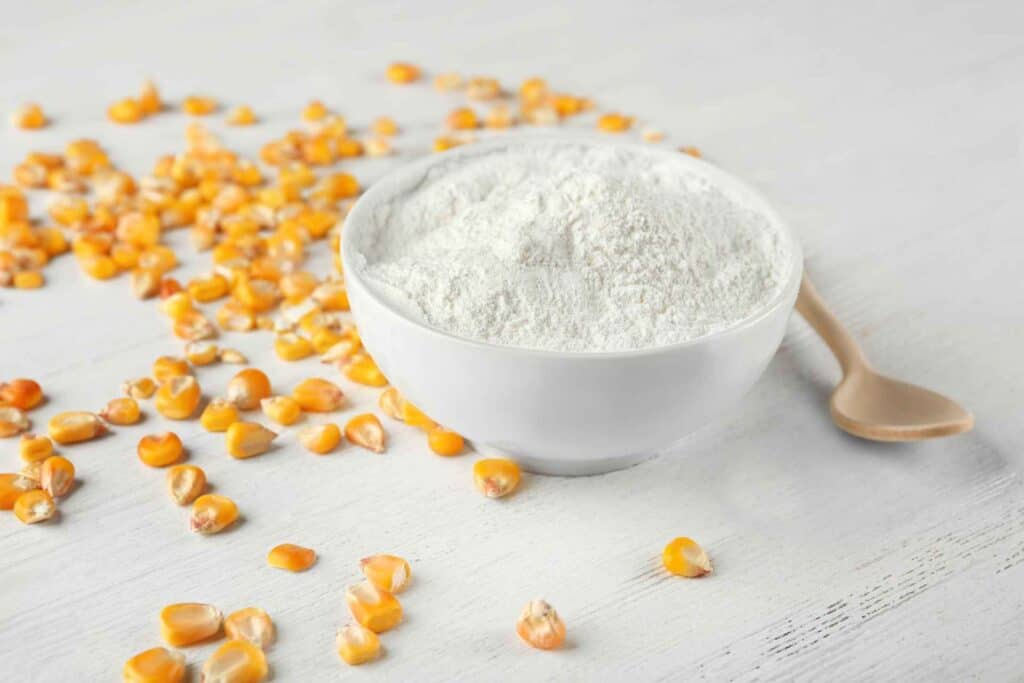
- 1 tbsp Cornstarch.
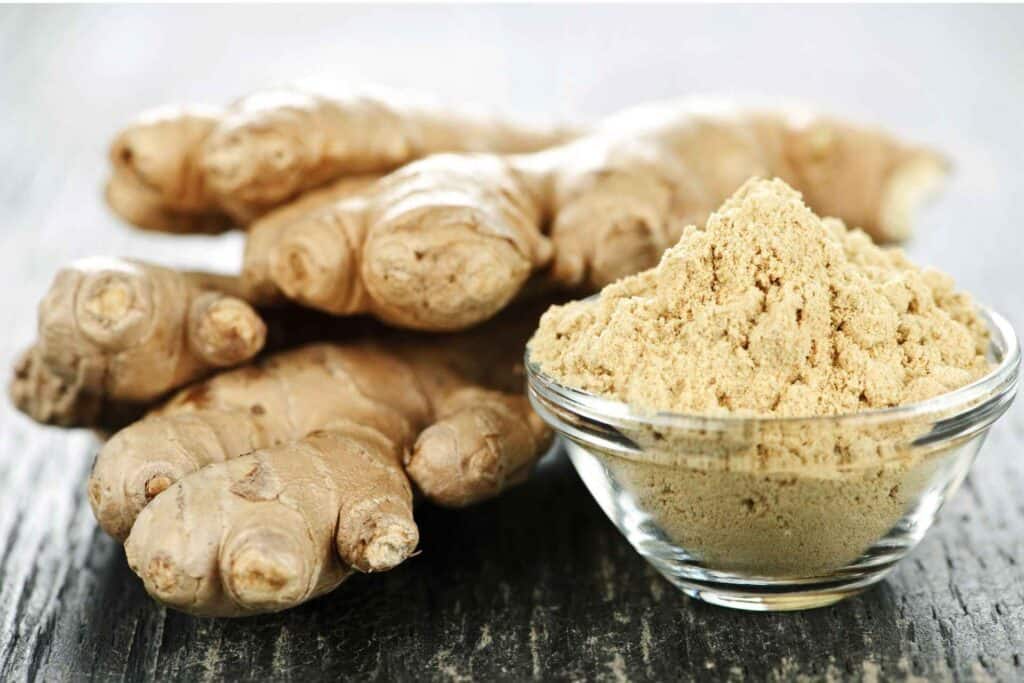
- 1 tbsp ground ginger.
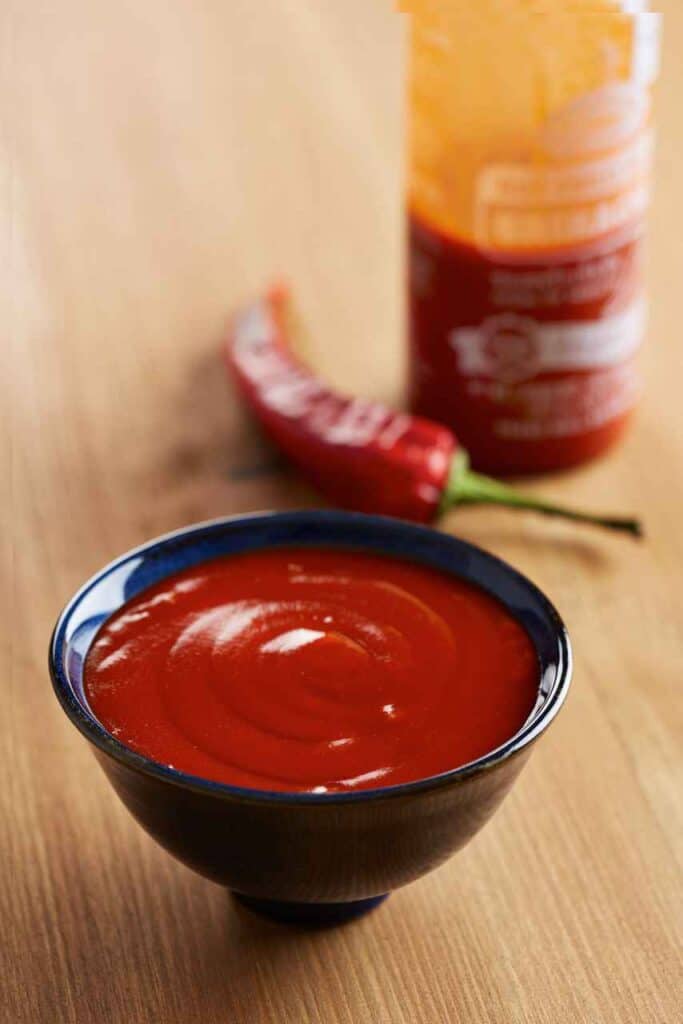
- ½ tbs sriracha.
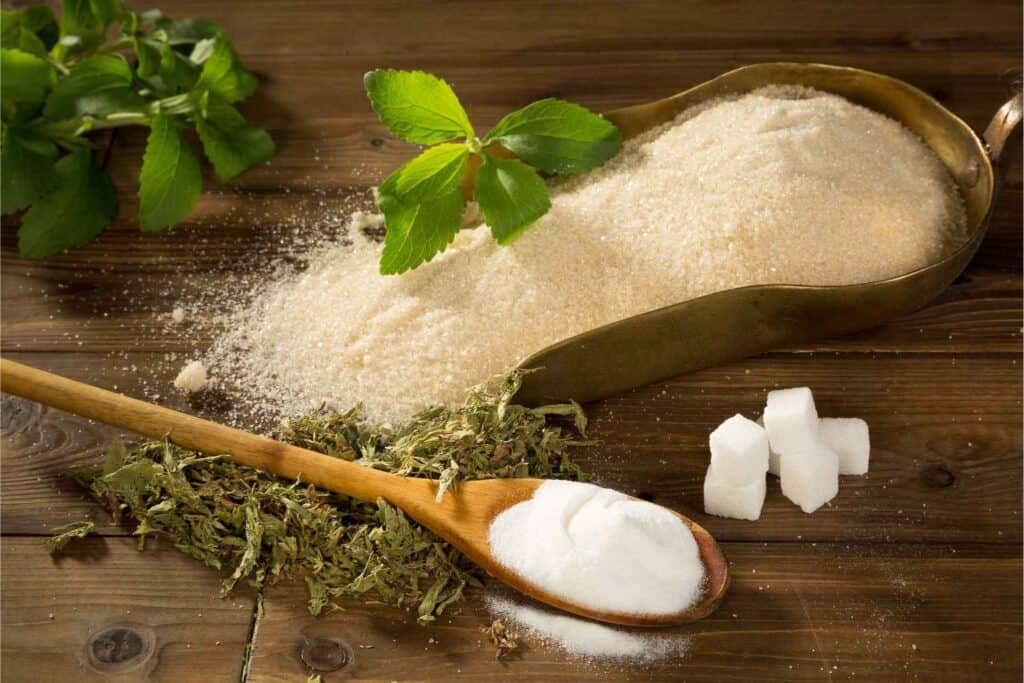
- ½ stevia brown sugar blend (such as Truvia).
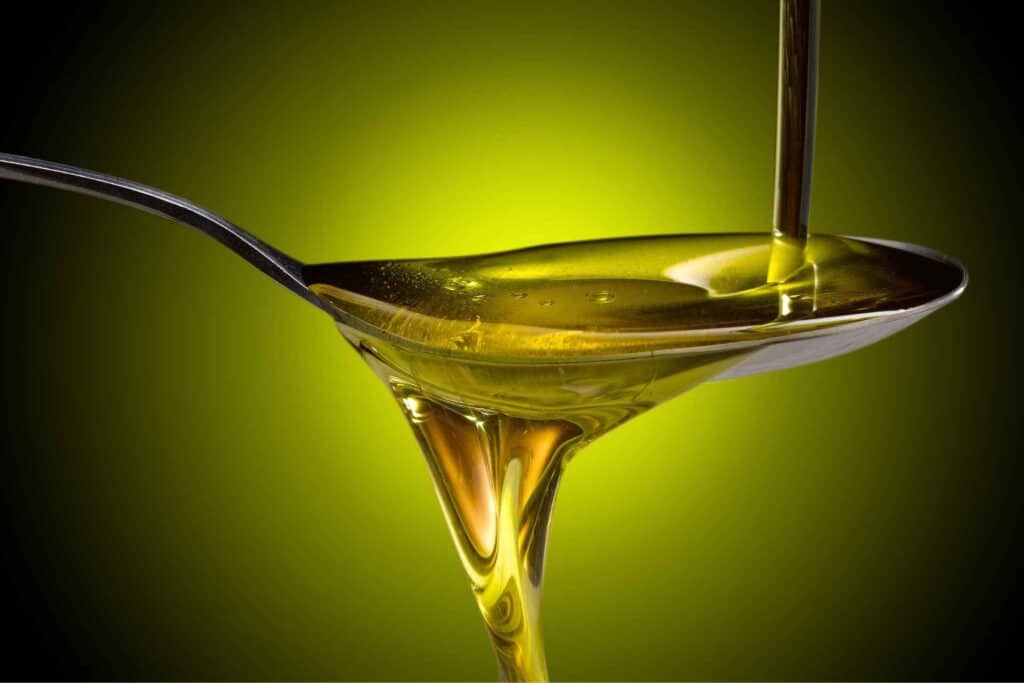
- 3 tbsp olive oil (divided use).
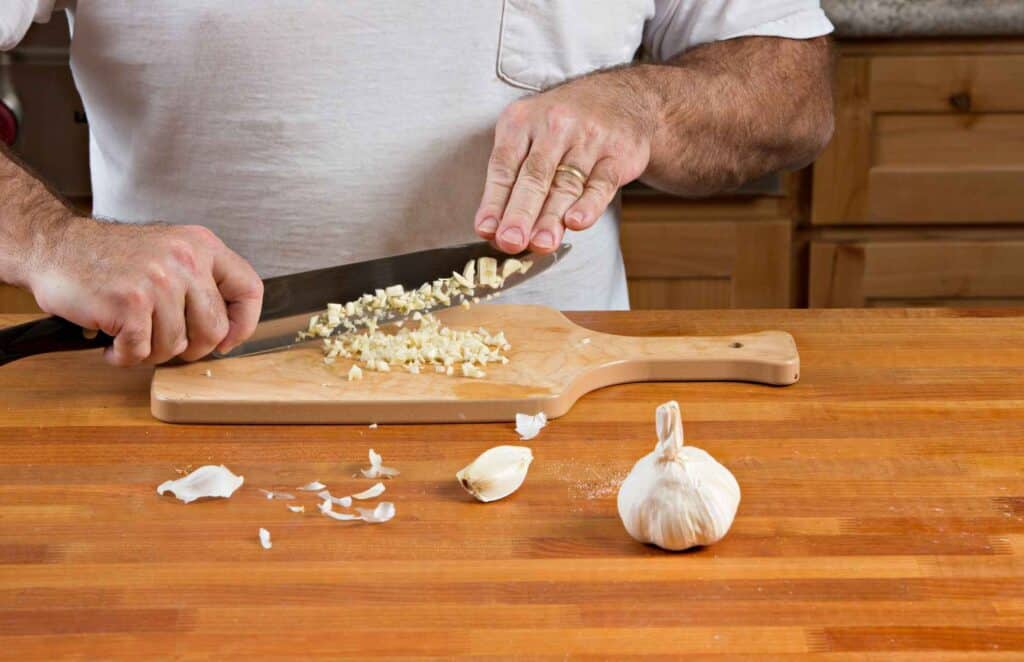
- 1 clove of garlic (minced).
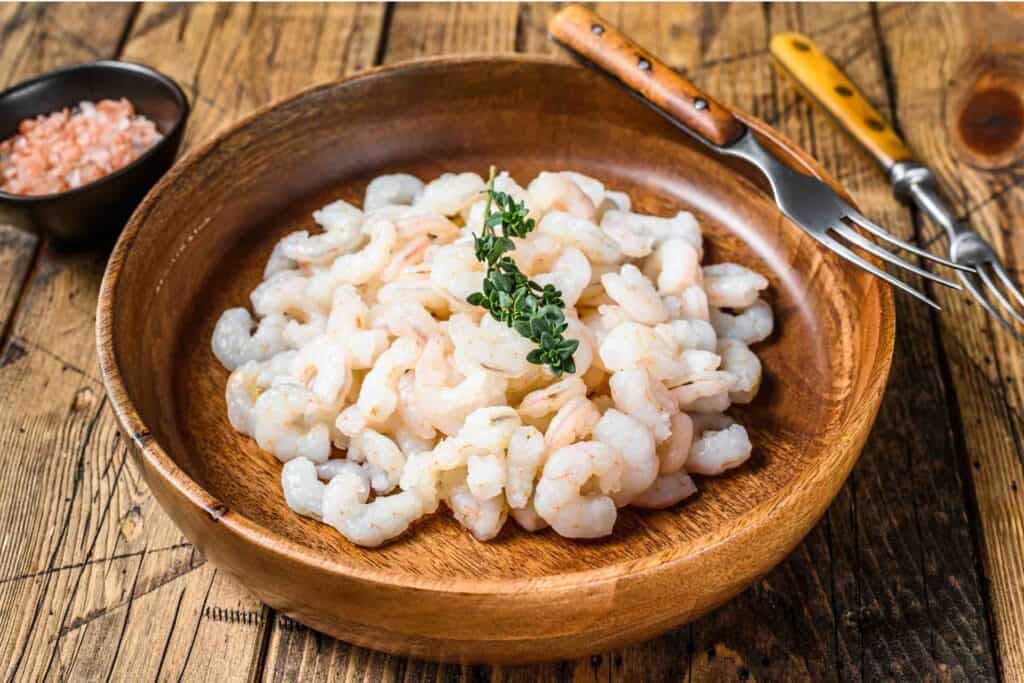
- 1 ½ lbs raw medium shrimp (peeled, deveined, and tails cut off).
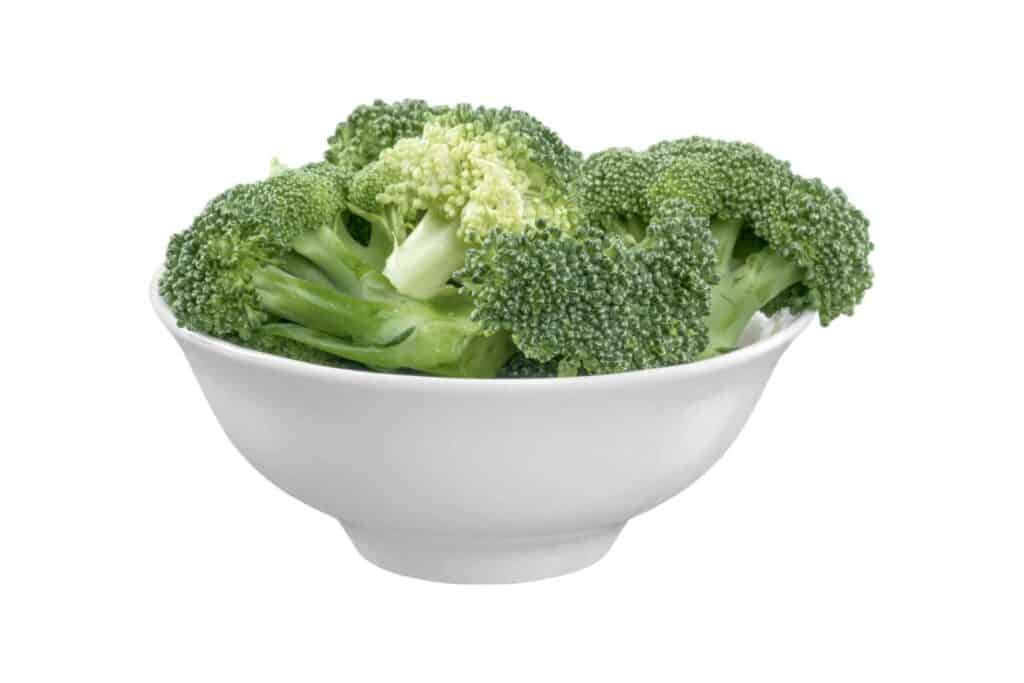
- 3 cups broccoli florets.
Directions:
Take a bowl, put the vegetable broth, rice vinegar, soy sauce, cornstarch, ginger, sriracha, and brown sugar blend and whisk together all.
In the next step, heat the 2 tablespoons of olive oil in a skillet or wok. When the oil starts shimmering, add the garlic and cook for 30 seconds (when the fragrance starts).
Then add shrimp until it becomes opaque (about 4 minutes). With a slotted spoon remove the shrimp and place it on a table.
Using the same skillet or wot add the remaining 1 tbsp olive oil and heat it. Add broccoli florets and cook them for 4 minutes (when become tender).
After 4 minutes of broccoli florets cooking add the cooked shrimp into the skillet and toss it to combine with the broccoli. Then add the broth mixture over the shrimp and broccoli and continue cooking for 1 minute when the broth mixture thickens slightly.
3) DIABETIC SHRIMP SCAMPI:
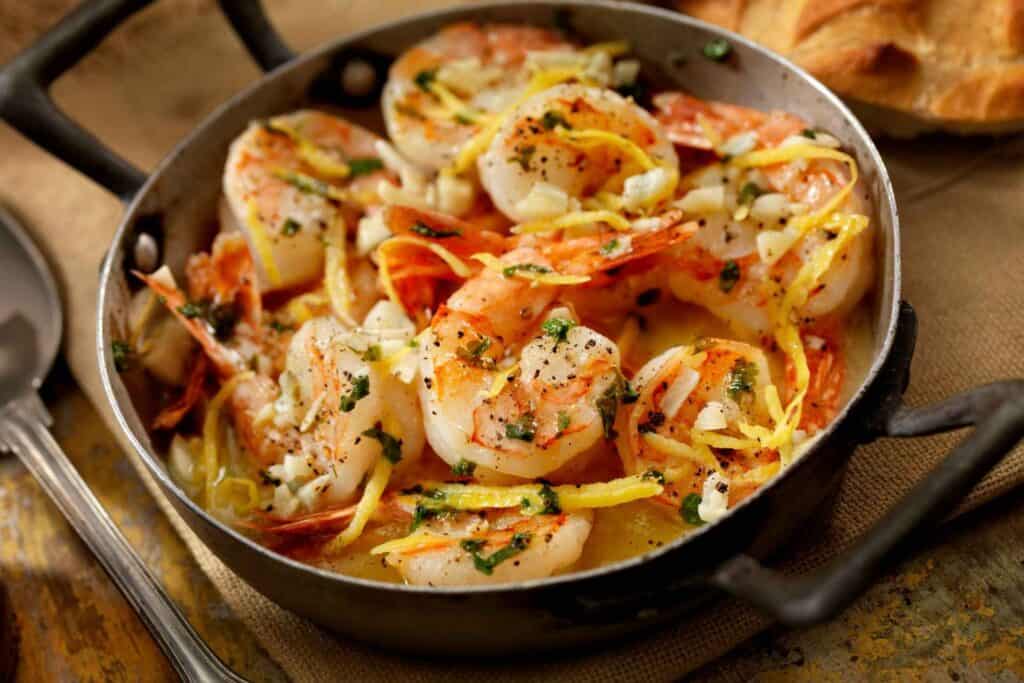
The third famous shrimp recipe for diabetes is DIABETIC SHRIMP SCAMPI.
Ingredients:
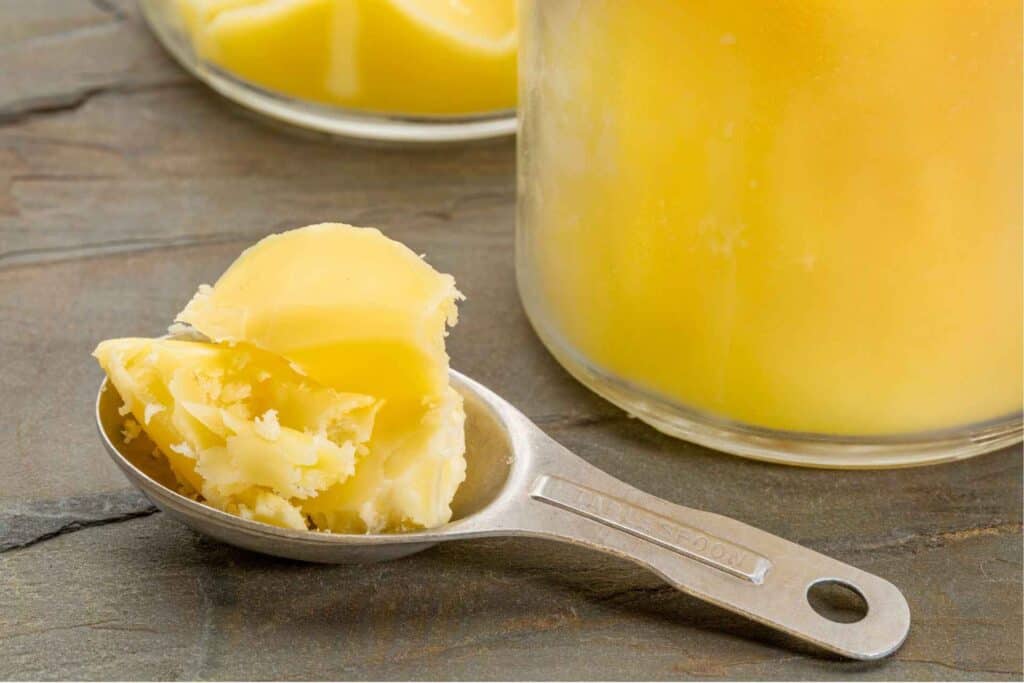
- 1 tablespoon butter.
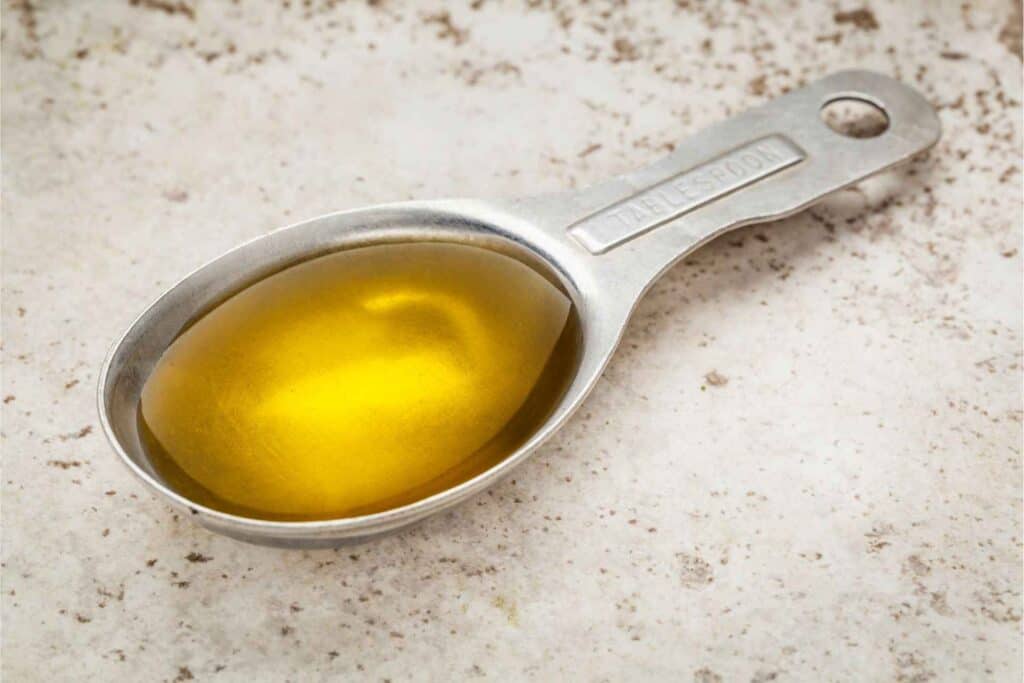
- 2 tablespoons olive oil.

- 4 garlic cloves, finely chopped.

- 11 -15 medium shrimp, peeled and deveined.
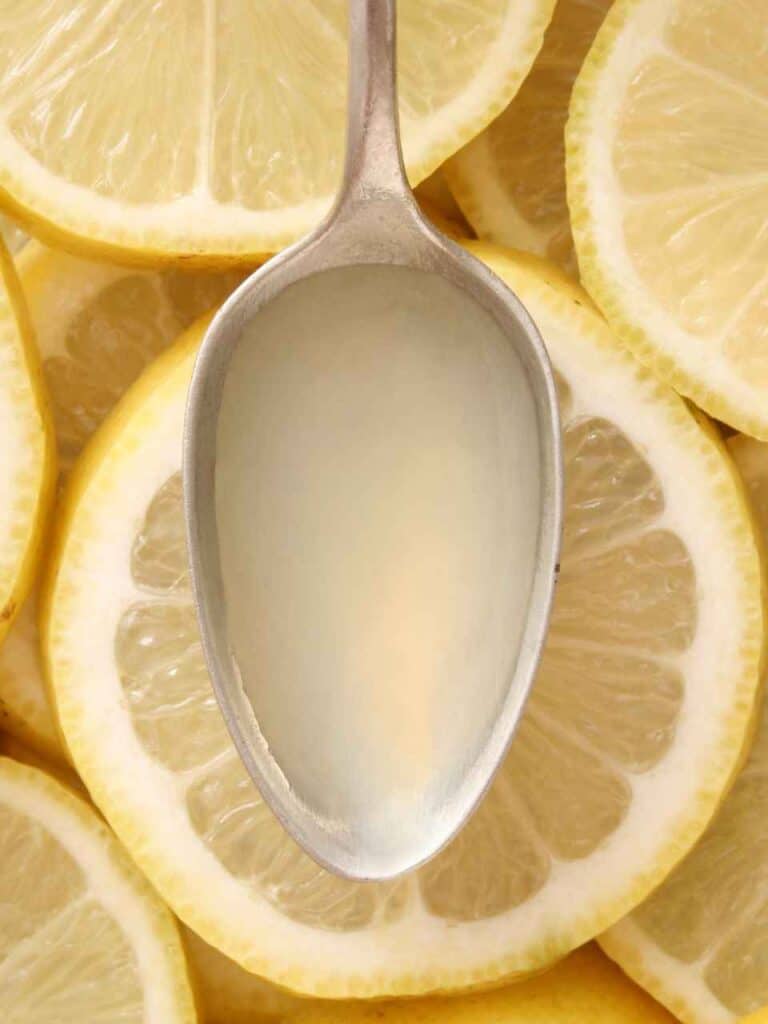
- 1 tablespoon fresh lemon juice.
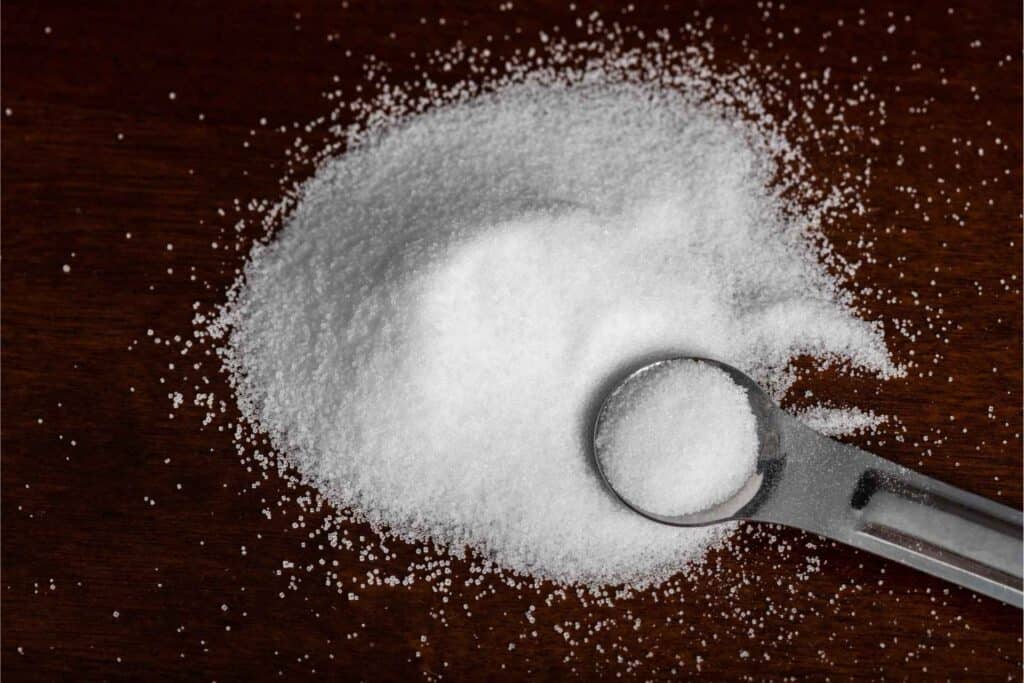
- 1⁄2 teaspoon salt.
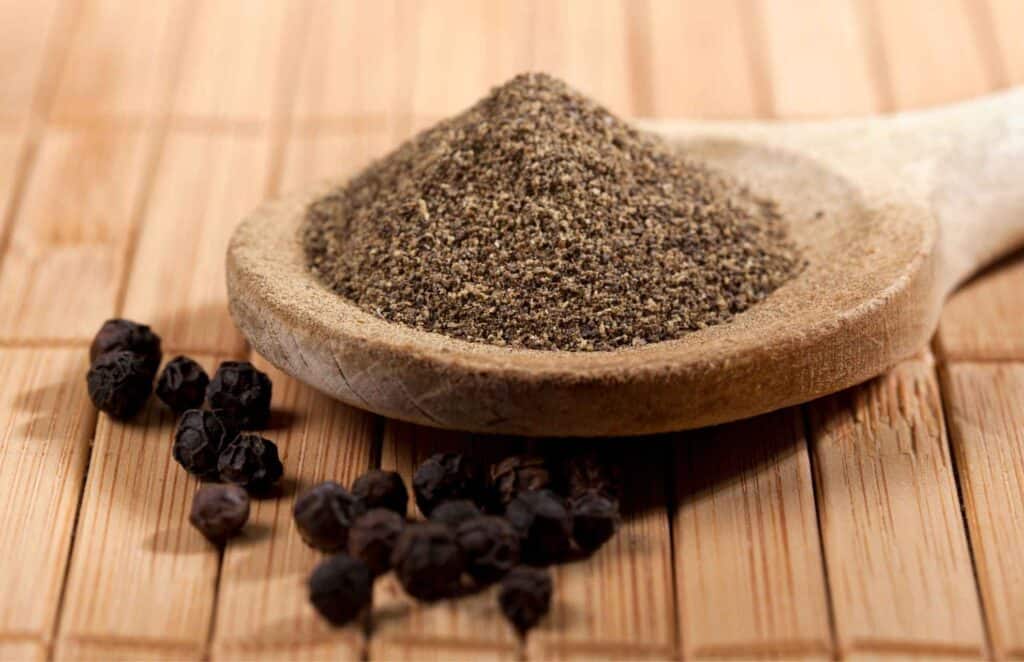
- 1⁄8 teaspoon black pepper.
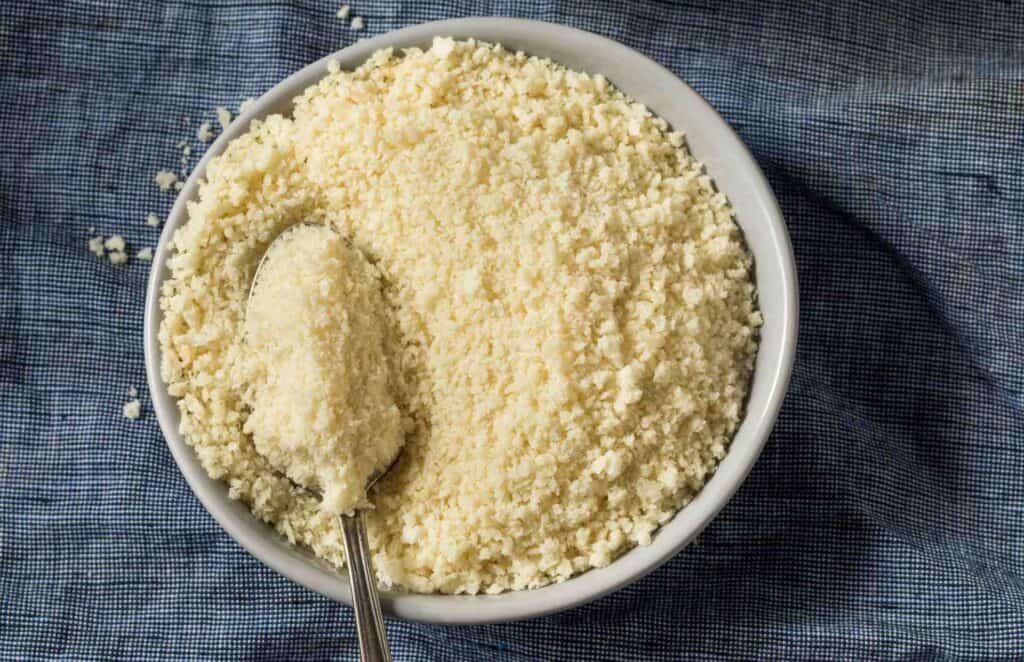
- 1 tablespoon seasoned dry bread crumb.
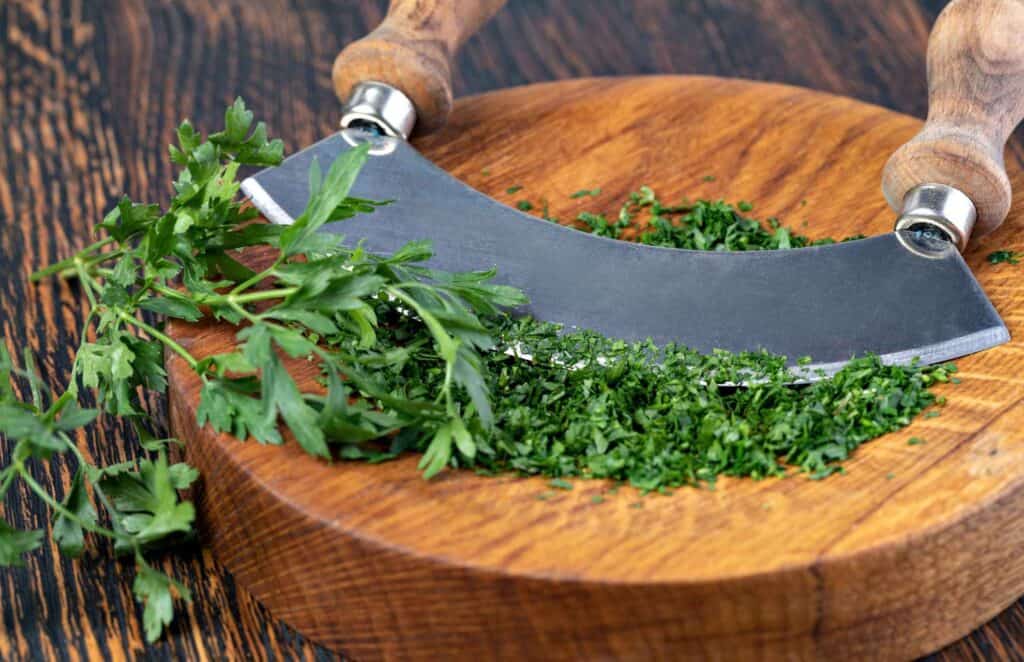
- 2 tablespoons fresh parsley, chopped.
Direction:
First of all, take a large non-stick and heat the butter in it over high heat.
When the butter starts to brown, add garlic to it. Then lower the heat and cook the garlic for 1 minute, continuously stirring the garlic from over-browning.
After that, add shrimp and stir occasionally for 2 minutes. Now add the lemon juice, pepper, and salt and cook until the shrimp becomes cooked.
Stir in bread crumbs and parsley and then serve immediately.
Note: You can use any main ingredient (vegetable or other food) instead of broccoli according to your liking and ease of access. But it should be noted that you should know the carb and energy content of the ingredients. Use low-carb ingredients.
How many times a diabetic can eat shrimp per week?
It is better to not exceed the shrimp limit of 150 grams per week for diabetic people. A healthy shrimp recipe from above, twice a week, is best for diabetics.
Conclusion:
Shrimp is a seafood that is rich in protein. The answer to “Is shrimp good for diabetics?” is “yes” because besides being rich in protein it is zero in the carb. High cholesterol is balanced by the high amount of unsaturated fatty acids that are best for the cardiovascular system. Essential amino acids, micro, and macro minerals add their benefits more. The above three recipes i.e Sautéed Shrimp Recipe for Diabetics, Stir-fried shrimps with broccoli, and Diabetic shrimp scampi explained are best and famous for diabetic people to enjoy the taste of shrimp without any hesitation.
So it was about shrimp for diabetics, let me know which recipe you have tasted and how it was.





